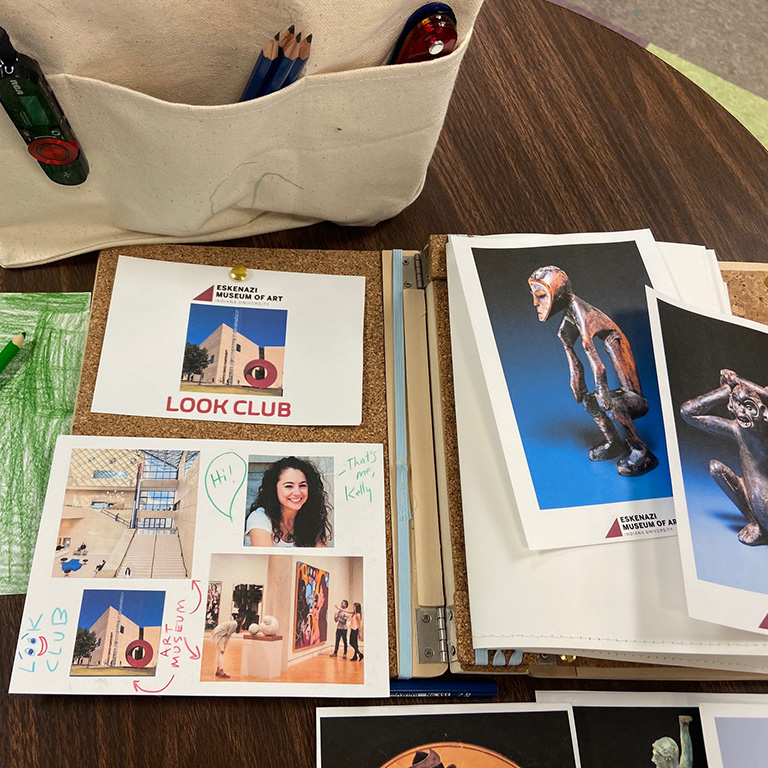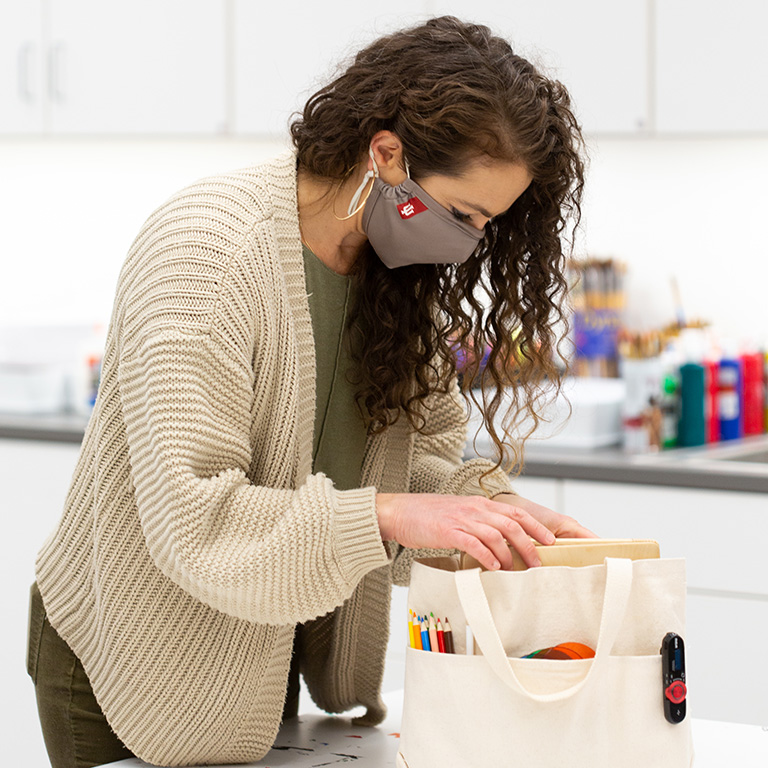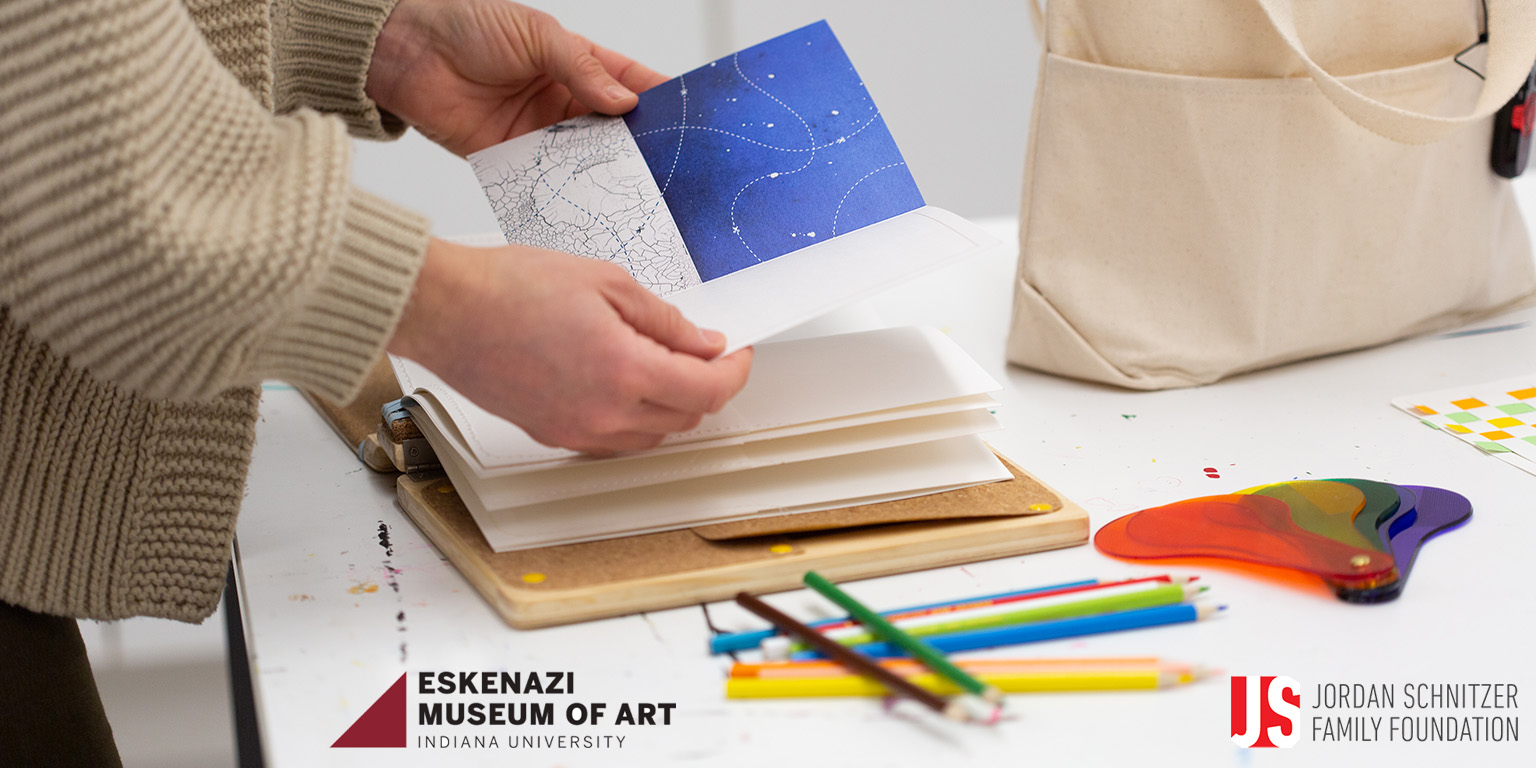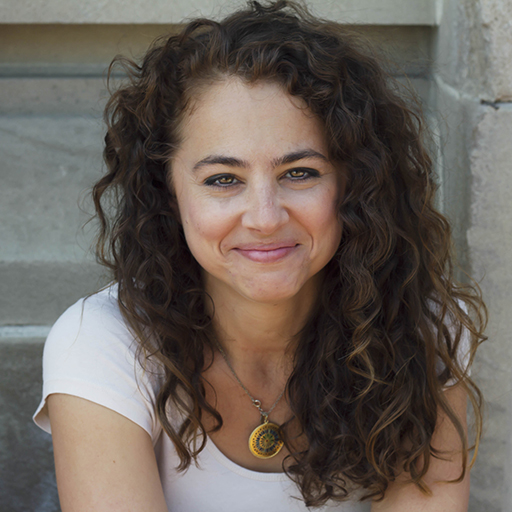Middle Way House, a Bloomington-based agency that serves survivors of domestic violence across the region, is piloting a new art-based club program for preschool and elementary students at the shelter.
The program, called Look Clubs, is based on the concept of a book club. It is offered in a partnership with the Indiana University Eskenazi Museum of Art with support from the Jordan D. Schnitzer Family Foundation and the IU Center for Rural Engagement. Each month, club members participate in an age-appropriate, unique art activity based on a different piece from the museum’s collection.
Priscilla Cuevas, Middle Way House’s youth programs coordinator, began working with Kelly Jordan, the museum’s pre-kindergarten to 12th grade experiences manager, during the summer of this year to develop the program for children at Middle Way House.






